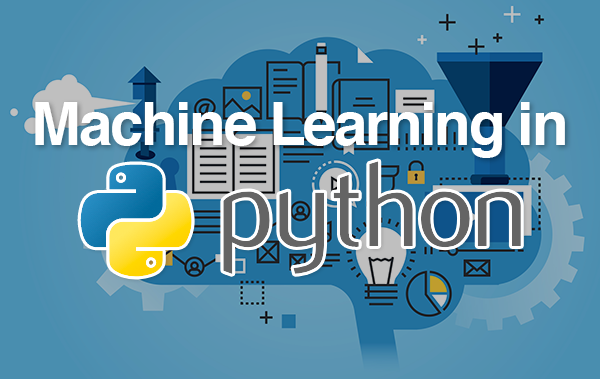Cross-Platform App Development With Flutter – When to Consider

While developing apps for multiple platforms is often beneficial, there are some situations where cross-platform app development is not suitable. For example, if your app requires two separate looks and controls, you may find it impossible to achieve this with Flutter. This will negate the advantages of using a cross-platform framework. However, if you are developing a game for multiple platforms, Flutter might be a good fit.
Flutter is compatible with most platforms, but it is not ideal for heavy-duty platform features. Flutter does not support OEM widgets or rely on native code. This means you’ll have to build a customized version of your app if it requires certain platform features. While cross-platform development is beneficial for porting mobile apps to the web, it limits your app’s features and speeds.
When to Consider Flutter: Flutter has been growing in popularity in the last few years. It’s the second most popular app platform, only behind React Native. Flutter developers can build feature-rich apps across multiple platforms and languages with a single codebase. In addition, Flutter developers can cut down on the cost of development by using this framework. This reduces the Time-to-Market (TTM) by nearly 50%.
Flutter supports multiple platforms, including iOS and Android. Developers can leverage its Platform Channels to access hardware. The libraries for cameras, microphones, and GPS chips are available. Flutter is compatible with JavaScript frameworks as well. It’s important to understand the limitations of using libraries, but they can give developers some basic features. They can also make use of Flutter’s Reactive Extensions (Rx) framework.
If you’re looking for a fast way to build native apps on Android, Flutter is a good choice. The language’s UI is highly customizable, and its kit includes a variety of elements. For example, Flutter’s UI is remarkably similar to Android simulators, allowing developers to easily experiment with different features. The Flutter language is a strong typed object-oriented language, and it has an infrastructure for auto-allocating memory.
The first step in cross-platform app development is selecting a platform to develop on. Flutter is a great choice for small teams, because it allows multiple apps to share the same codebase. While Kotlin is better suited for developers who already have some Java experience, it’s not as popular and harder to find experienced Flutter developers. The main benefits of both platforms are reliability and time-to-market.
Why should you consider using Flutter? The platform’s hot reload feature allows developers to make changes quickly and easily. This eliminates the need to reload the app repeatedly. It also allows developers to easily debug apps, making cross-platform app development easier than ever. In addition, Flutter provides a “hot reload” feature that helps developers test and experiment with their code in real time.
Why cross-platform app development is not for everyone. The main benefit is that it lets you make changes much earlier than you can with native apps. However, you should consider that cross-platform apps are typically slower than their native counterparts. They may also experience problems with smartphone capabilities, including microphone, camera, geolocation, and more. So, if you are building a cross-platform app, consider this before going ahead with it.
Why is it beneficial to choose this method of development? First, it can save you a great deal of time. You’ll save time and money by using the same codebase and a single developer instead of separate teams. Also, cross-platform app development requires only a single codebase, which makes it easier to maintain. Secondly, it makes it easier to update your app when changes are needed and makes bug fixes easier.






